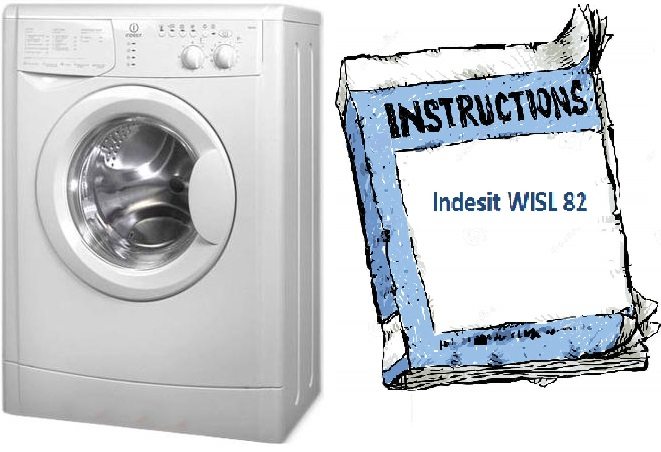Dishwasher cycles
 Advertisers often use the phrase “wash cycle” to refer to a dishwasher. Based on this, ordinary people have a reasonable question: what is the washing cycle of a dishwasher? To put it simply, a wash cycle is a program built into the dishwasher, the task of which is to start, wash the dishes, rinse them, dry them, and then shut down correctly. Let us not be content with such a primitive explanation, especially since we have a whole publication for a more detailed discussion.
Advertisers often use the phrase “wash cycle” to refer to a dishwasher. Based on this, ordinary people have a reasonable question: what is the washing cycle of a dishwasher? To put it simply, a wash cycle is a program built into the dishwasher, the task of which is to start, wash the dishes, rinse them, dry them, and then shut down correctly. Let us not be content with such a primitive explanation, especially since we have a whole publication for a more detailed discussion.
Main stages of the program implementation
There can be many programs or washing cycles in modern dishwashers. Control modules of some models are capable of “memorizing” up to 12-15 programs. All these programs, of course, are different, but they also have something in common - the main stages of implementation. Almost all washing programs include:
- pre-wash;
- main wash;
- rinsing;
- drying
Pre-washing is a very important stage of the program. During the pre-wash process, food residues are washed off from the dishes, and if the dirty dishes have been dried, then during the pre-wash stage the dirt gets wet and becomes pliable. At this stage, the machine does not use powders and tablets, and does not particularly heat the water.
During the main wash, the machine can heat the water to 60-700C. This stage is the longest; the machine actively uses powder and tablets, thoroughly washing plates, cutlery, glasses and other items loaded into baskets and trays with the resulting solution. After passing the main wash stage, the dishwasher starts rinsing.The machine rinses the dishes intensively twice to completely remove any remaining detergent.
Lastly, the machine dries the dishes. Drying can be convection (in most dishwashers) or forced - pipe drying. Forced drying involves quickly drying items inside the washing chamber due to the flow of hot air coming from a fan. This is where the dishwasher's work ends.
Cycle duration
Dishwasher cycles vary in length. The shortest programs can last 30-40 minutes, and the longest ones can last more than 5 hours. Why such difference? The fact is that the tasks of programs can be different. One program washes lightly soiled dishes using a minimum of resources. Another program is designed for washing dishes with significant dirt. The third program is needed to wash monstrously dirty dishes. The general meaning is clear. Professionals distinguish 4 types of programs depending on the duration. Let's list these programs.
- Quick (high-speed) wash. The shortest cycle lasts 30-50 minutes. This program does not wash the dishes, but rather rinses them, so it is only suitable for washing glasses and wine glasses.
- Regular wash. This is a standard program that can last from 1 hour 20 minutes to 3 hours. It is great for everyday washing of moderately soiled dishes. If there are no items with burnt grease or other serious dirt among the unwashed dishes, this program is suitable.
- Economical washing. A peculiar washing mode, which in some machines can be adjusted, for example, in Bosch dishwashers. The purpose of its use is to optimize resource costs when washing dishes.
The duration of one economic cycle may differ from another depending on the PMM model.
- Intensive washing. The “heavy artillery” of the dishwasher. This is a mode that can show all the capabilities of your equipment in the fight against the most difficult contaminants. This mode is long (from 3.5 to 6 hours) and the most expensive, but with its help you can scrub even particularly dirty pots and pans.
How long your dishwasher's wash cycles take depends on its model. Look at the instructions. There should be a table showing the duration of each program separately.
When the washing is finished
At the end of the wash, many users rush to take the dishes out of the PMM baskets. This is mistake. Having completed the washing cycle, the machine dries the dishes, but even after drying, you should not rush to remove them. The fact is that the dishes in the washing chamber get very hot, so you need to open the door slightly and let the dishes cool a little. After this, the dishes can be removed and placed on shelves.
There are PMM models that automatically open the washing chamber door at the end of the program.
Some dishwashers beep at the end of the cycle to notify the user that the dishes are clean.. This is extremely inconvenient when you start the machine at night. Such a signal may well wake up everyone in the apartment, so on many models this signal can be forcibly turned off.
Resource consumption per cycle
What is the consumption of water and electricity during one wash cycle of a dishwasher? It depends on what washing cycle and what kind of PMM we are talking about. To find out for sure, you need to look at the characteristics of your “home assistant”.The instructions usually indicate the average consumption for 1 washing cycle, but you can also find information about the consumption for a particular cycle.
A modern machine can spend from 6.5 to 12 liters of water and less than 1 kW of electricity per hour in 1 washing cycle. Agree, it is very economical, but this is far from a record. Very soon there will be models that will be twice as economical as modern ones. Probably, then the operation of PMM will be truly profitable.
Interesting:
Reader comments
- Share your opinion - leave a comment
Categories
Washing machine repair


For buyers

For users

Dishwasher

















Add a comment